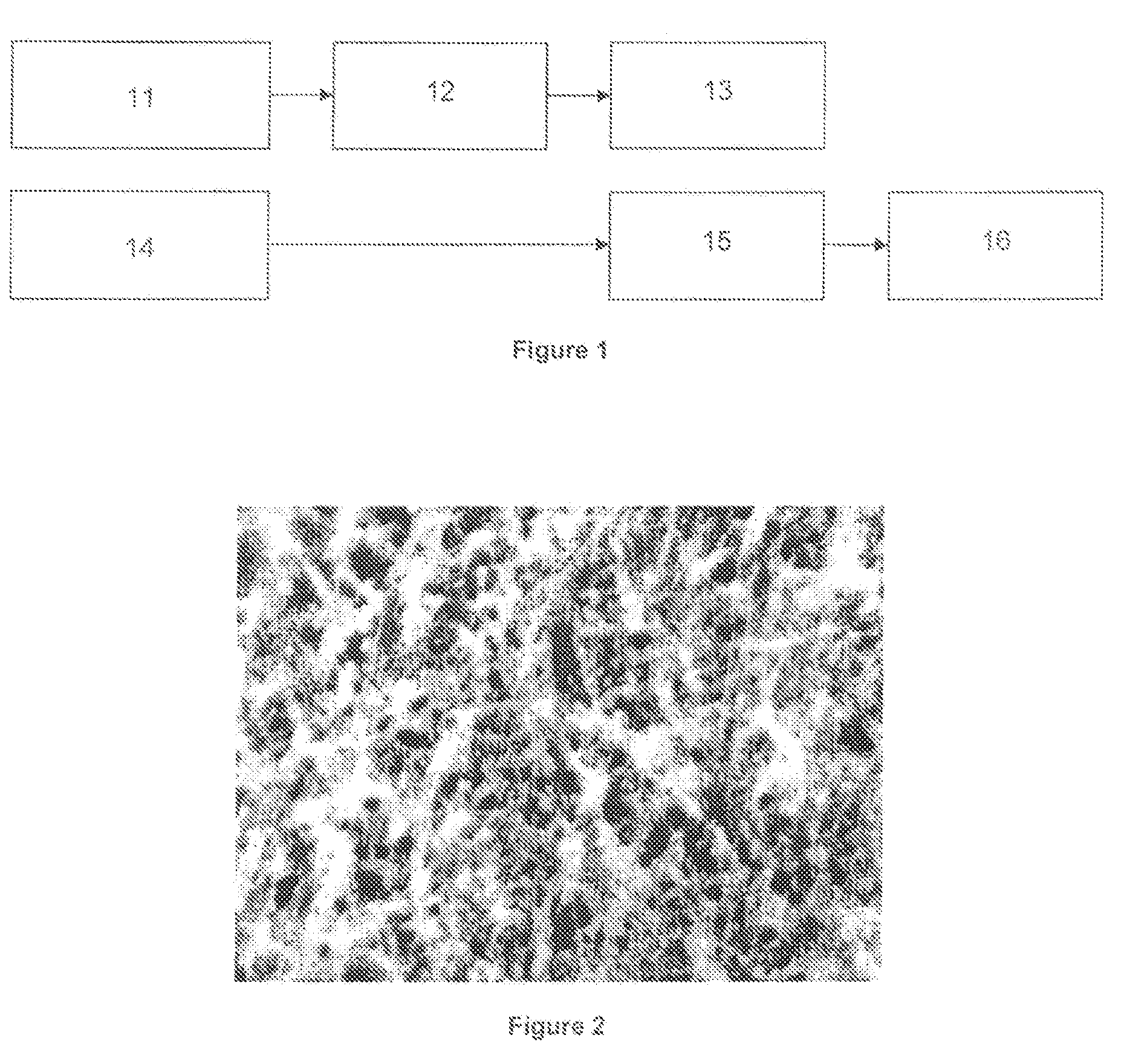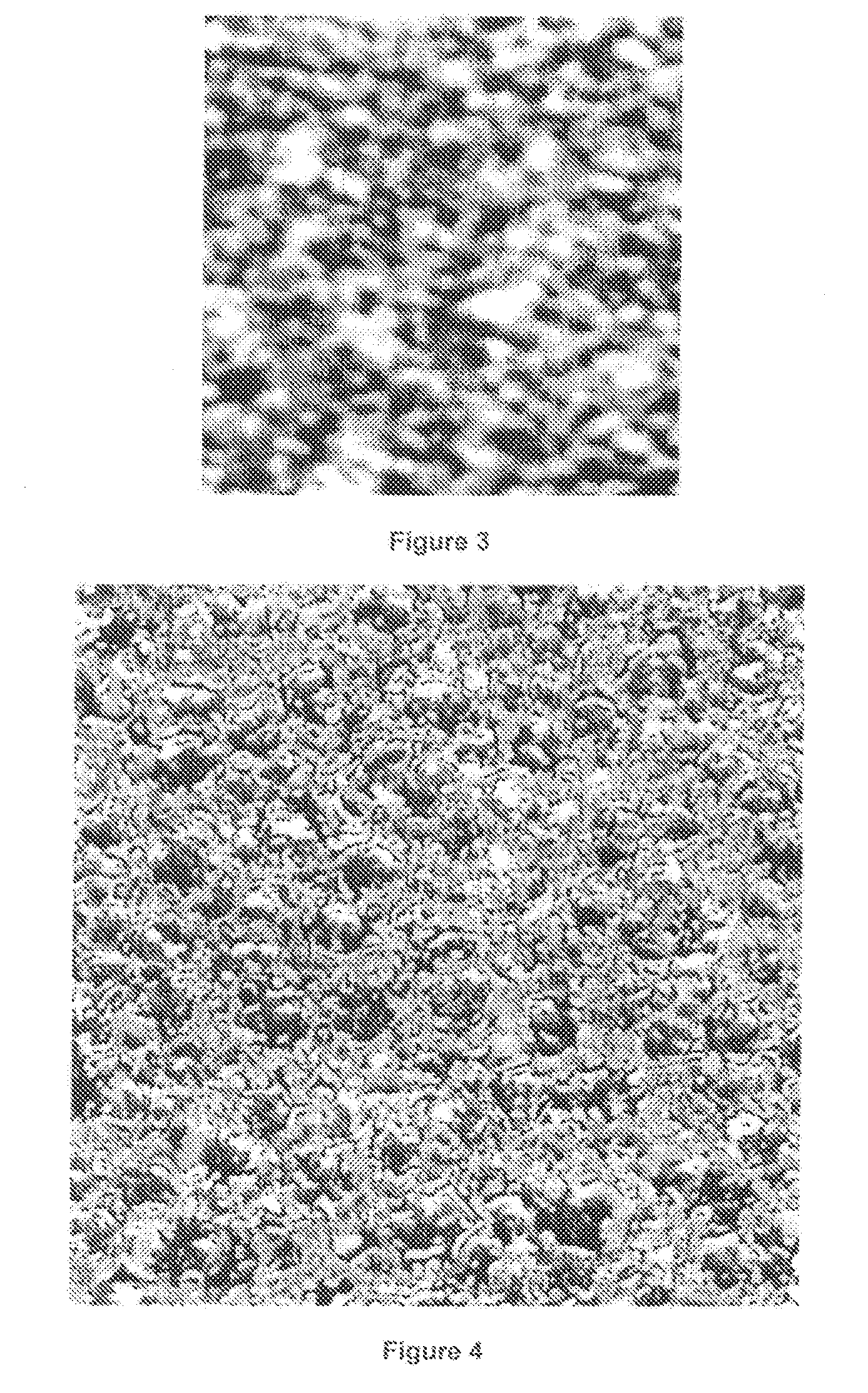Means for using microstructure of materials surface as a unique identifier
a microstructure and unique identifier technology, applied in paper-money testing devices, instruments, computing, etc., can solve the problems of counterfeit copies of the same product circulating, approaches that do not address the so-called mass-serialization application, etc., to reduce the snr, less border effect, and induce no border
- Summary
- Abstract
- Description
- Claims
- Application Information
AI Technical Summary
Benefits of technology
Problems solved by technology
Method used
Image
Examples
Embodiment Construction
[0093]Microstructure Images
[0094]Image Acquisition Device
[0095]Generalities
[0096]An image of the surface is acquired by means of a digital imaging device, which can be a digital scanner, a digital camera, a mobile phone with integrated camera (possibly using a special macroscopic lens), a portable microscope, a microscope, a specially designed device, etc . . . Such device typically outputs a matrix of values corresponding to a color component sampled along a uniform orthogonal grid. The image acquisition can be done by reflection or transparence, depending on the product (paper, carton, metal, coating or polymer for instance) and the particular properties of the material. In the case of imaging by reflection, different types of imperfections may be imaged depending on the position of the lighting source. The different lighting orientations can be used to further increase the detection rate (successful finding of a match with a recorded image) and decrease the false positive detecti...
PUM
 Login to View More
Login to View More Abstract
Description
Claims
Application Information
 Login to View More
Login to View More - R&D
- Intellectual Property
- Life Sciences
- Materials
- Tech Scout
- Unparalleled Data Quality
- Higher Quality Content
- 60% Fewer Hallucinations
Browse by: Latest US Patents, China's latest patents, Technical Efficacy Thesaurus, Application Domain, Technology Topic, Popular Technical Reports.
© 2025 PatSnap. All rights reserved.Legal|Privacy policy|Modern Slavery Act Transparency Statement|Sitemap|About US| Contact US: help@patsnap.com



